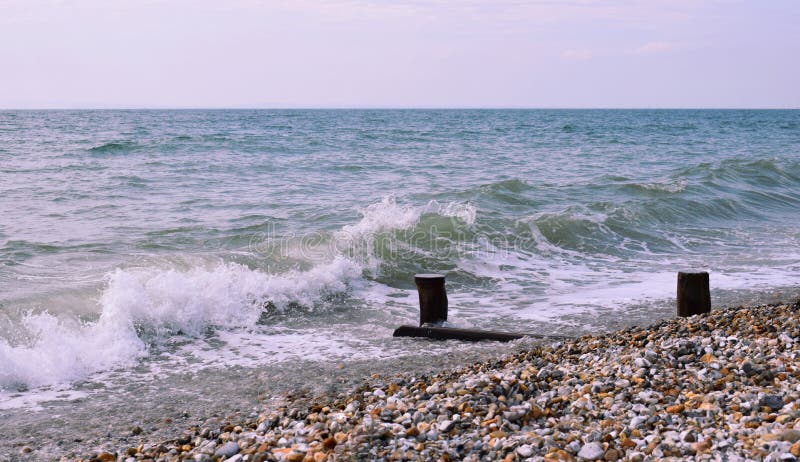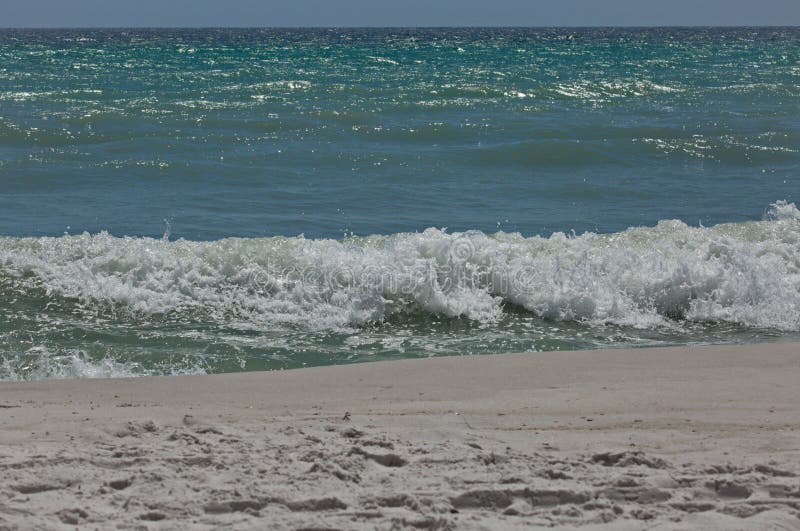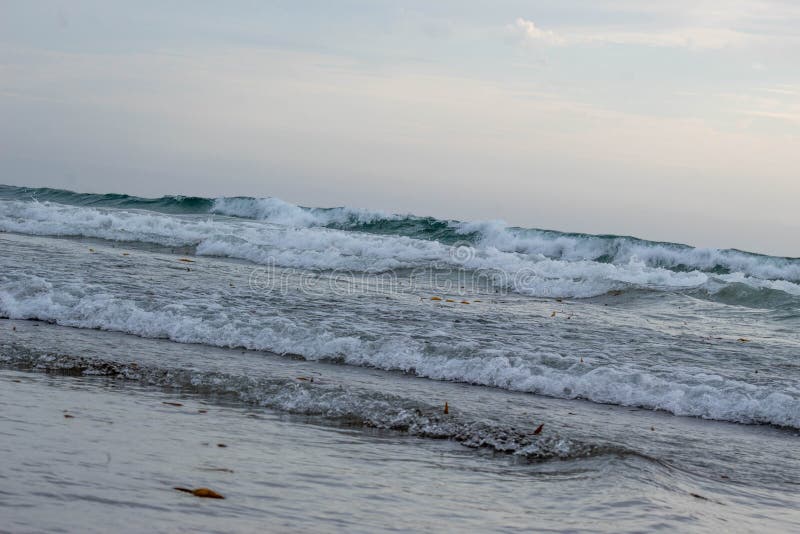
If you feel conditions change while in the water, err on the side of caution and get out until they are calm enough to go in again. Rough and choppy water, strong currents (such as those that can occur during bad weather and spring tides) and dumping waves inspire thoughts of adventure, but they can quickly sap even the most experienced sea users of energy. The right kinds of waves offer a lot of fun, but always stay mindful of your own limits - not just physically but in experience.
#OCEAN WAVES CRASHING ON BEACH HOW TO#
They are especially powerful in larger surf, but never underestimate the power of any water.įind out how to identify rip currents and what to do if you ever find yourself caught in one. Rips are strong currents running out to sea between waves, which can quickly drag people and debris away out to deeper water. Remember that the wave in the middle of a set is often bigger and can reach further up the beach or along the promenade.Įnjoy the power of the water from a safe and respectful distance - preferably from a window seat in a cafe with a warm cup of tea! 2. Bear this in mind when the weather is stormy or conditions are rough.Īnd don’t be caught out by the ‘seventh wave’. It may seem fun to wait for a wave to sweep up the beach or along a harbour wall, but only 15cm of water can knock you off your feet. Wave dodging is for sunny, calm days and gentle waves! Watch out for surging waves - they don’t break, so they can knock you off of your feet more easily and drag you into deeper water.

When a wave breaks it loses some of its power and momentum. They most commonly occur at low tide and break quickly with a lot of force making them dangerous for beginners. Dumping wavesĭumping waves break powerfully in shallow water and should be avoided.

Start off in the shallow white water before you progress to deeper water and unbroken waves. They are ideal for beginner board riders. Spilling waves are softer and more consistent waves that break gradually as they approach the shore. That it always happens on the seventh wave is a myth, but sometimes it does! Spilling waves Waves move in sets and the ‘seventh wave’ – the bigger wave in the middle of a set – often comes further up the beach.

Waves are formed by friction when the wind blows across the surface of the sea, causing a swell as water particles rotate and move forwards. One of the crucial elements of sea safety and for anyone who visits the coast, is to know the basics about waves so that they can keep themselves and others safe. They are one of the most exciting and impressive features of our UK and Irish coastlines and they are the primary force shaping coastal change. Powerful breaking waves have the potential to bring out the big kid in all of us.

News and Features Expand menu - News and Features.Find my nearest Expand menu - Find my nearest.Plan and register your fundraising event.


 0 kommentar(er)
0 kommentar(er)
